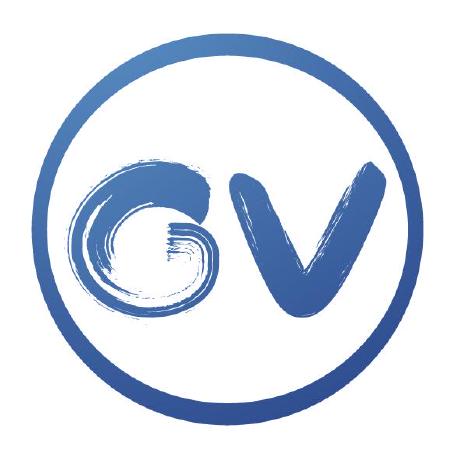Discover and explore top open-source AI tools and projects—updated daily.
SAM4MIS by  YichiZhang98
YichiZhang98
Medical image segmentation survey using SAM/SAM2
Top 36.3% on SourcePulse
This repository serves as a comprehensive survey and tracker for the application of Meta's Segment Anything Model (SAM) and its successor, SAM2, in medical image segmentation. It aims to consolidate recent research, benchmark performance, and explore future directions for these powerful foundation models in the medical domain, targeting researchers and practitioners in medical imaging and AI.
How It Works
The project leverages the core architecture of SAM and SAM2, which utilize a vision transformer-based image encoder and a prompt encoder to generate segmentation masks. This approach allows for flexible, prompt-driven segmentation, enabling zero-shot and few-shot capabilities across diverse medical imaging modalities and tasks. The repository categorizes and summarizes numerous research papers that adapt, fine-tune, or evaluate SAM/SAM2 for specific medical segmentation challenges.
Quick Start & Requirements
This repository is a literature survey and does not have direct installation or execution commands. It links to numerous research papers, many of which may provide code implementations. The underlying SAM and SAM2 models typically require Python, PyTorch, and potentially CUDA-enabled GPUs for efficient operation.
Highlighted Details
- Comprehensive literature review of SAM and SAM2 adaptations for medical image segmentation, with over 300 cited papers spanning from late 2023 to early 2025.
- Includes dedicated sections for large-scale datasets relevant to medical foundation models.
- Highlights relevant workshops and challenges, such as CVPR2025's "Foundation Models for Interactive 3D Biomedical Image Segmentation" and CVPR2024's "Segment Anything in Medical Images on Laptop."
- Provides links to papers and, where available, associated code repositories for specific adaptations.
Maintenance & Community
The repository is actively maintained, with the last update noted as April 29, 2025. It encourages community contributions via issues and suggestions.
Licensing & Compatibility
The repository itself is a survey and does not impose a specific license. However, the underlying SAM and SAM2 models are typically released under permissive licenses (e.g., Apache 2.0), allowing for broad use, including commercial applications, though specific terms should always be verified with the original model releases.
Limitations & Caveats
This repository is a curated list of research and does not provide a unified, ready-to-use tool. Users must refer to individual papers for specific implementation details, performance metrics, and potential limitations of each adaptation. The rapid pace of research means the landscape is constantly evolving.
2 weeks ago
1 day

 ZJUI-AI4H
ZJUI-AI4H JerryX1110
JerryX1110 MrGiovanni
MrGiovanni JuliaWolleb
JuliaWolleb mazurowski-lab
mazurowski-lab liliu-avril
liliu-avril OpenGVLab
OpenGVLab ImprintLab
ImprintLab JunMa11
JunMa11 TorchIO-project
TorchIO-project ANTsX
ANTsX bowang-lab
bowang-lab